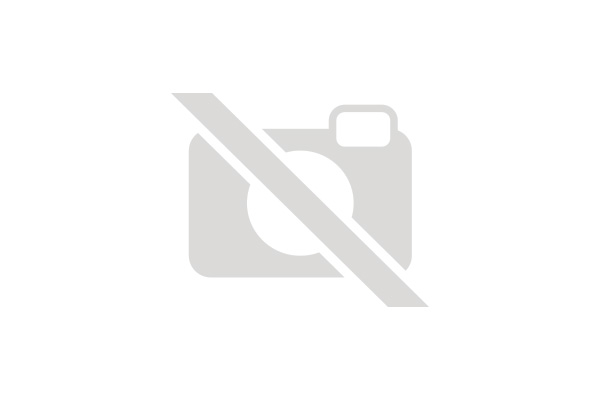
 Pete Trasborg
Brand Manager, Jp
Pete Trasborg
Brand Manager, Jp
Have you ever had one of those projects that just seems to hit a wall at every corner? That’s how we feel about this axle swap. We’ve been working on it a long time, off and on, but we were shocked to see that we ran the first installment in Jp magazine over three years ago (“Fullwidth,” May ’09). We had always planned it as a multi-part story and we started off by making a case for swapping the stock Dana 60 front and Dana 70 rear axle under our ’68 M-715 for a more modern pair of 1-ton axles. In that first story we assembled a lot of the parts we were going to need and figured out how to get where we wanted to be. But there are always a lot of things to consider, especially when mixing and matching parts between the aftermarket and the junkyard.

So it went: We’d figure something out, discover we’d need a new or different (usually $3) part, put in the order, and then one of the other Jeeps would break—or life would get in the way. And pretty soon we’d become aware that a lot of time had passed and our new axles were still taking up space in our garage. Rather than let more trial-and-error take up more time, we took the truck and axles down to Higher Ground 4x4 & Fabrication. Even if you don’t have an M-715, you’ll be able to take some good information away from these stories about what to consider when building and swapping junkyard axles into your Jeep. In this installment, we figure out how the new axles are going to go under the old Jeep and get them ready to bolt in. In the next installment, we’ll sling them under the Jeep and get it back on (and off) the road.
 We went to Randy’s Ring and Pinion for all the front and rear axle innards we’d need. We told them that our Dana 60 front axle was from a ’93 F-350 and that the Dana 70 HD rear was from an ’87 Chevy C-35 to make sure we’d get the right parts. Those parts include 4.56 gears, master install kits (including front inner axle seals), front and rear hub bearings and seals, and even new Spicer 1410 U-bolt-style pinion yokes.
PhotosView Slideshow
We went to Randy’s Ring and Pinion for all the front and rear axle innards we’d need. We told them that our Dana 60 front axle was from a ’93 F-350 and that the Dana 70 HD rear was from an ’87 Chevy C-35 to make sure we’d get the right parts. Those parts include 4.56 gears, master install kits (including front inner axle seals), front and rear hub bearings and seals, and even new Spicer 1410 U-bolt-style pinion yokes.
PhotosView Slideshow














